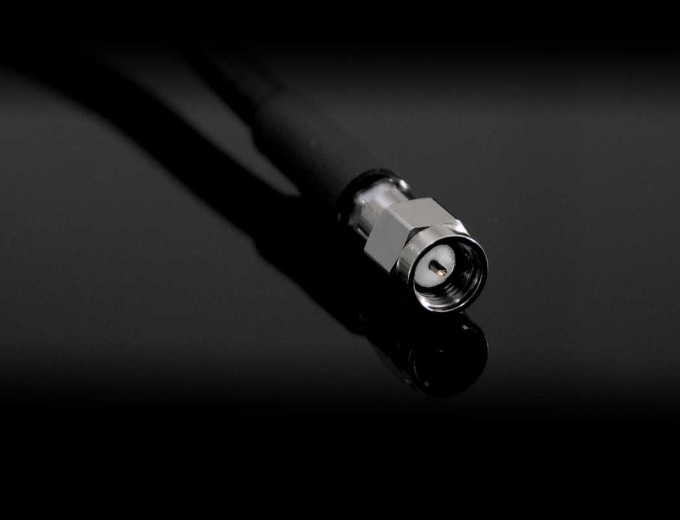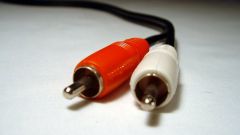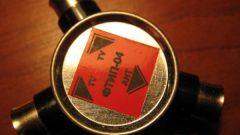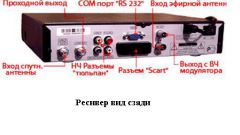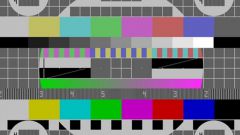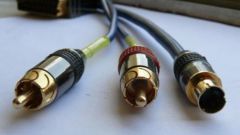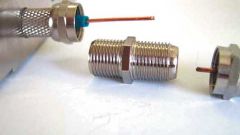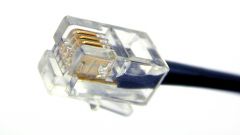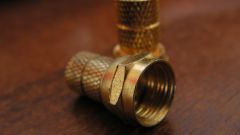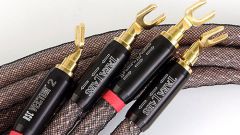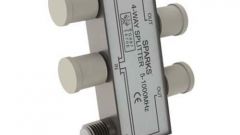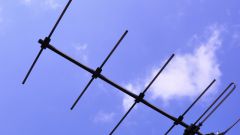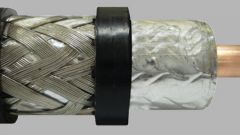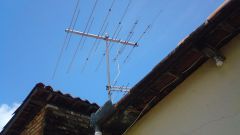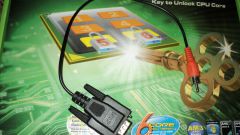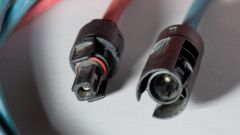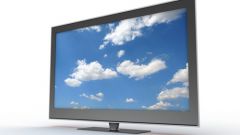Instruction
1
If the cable needs to be strengthened, get an additional cut necessary length. Its impedance should be the same as at the existing cord. If this option is available cable is unknown, should be guided by the rule: television antenna connected by a cord with a characteristic impedance of 75 Ohms antenna radio range of si-Bi - cable with a characteristic impedance of 50 Ohms. The same characteristic impedance are cables for computer networking an obsolete standard (today such networks are practically out of use).The thickness of the cable is selected depending on its purpose. Apply a thick cord is needed in two cases: large length (to reduce fading) and large power of the transmitted signal. If at least one of these conditions is observed, the cable should be of large diameter.
2
Before performing any operations with the cables must be disconnected from the network all connected equipment. Many devices have capacitors connecting the common wire with one of network wires. In this case, if you grab both, braid or center conductor of two cables or two ends of one cut cable,you can get a painful shock.Even turning off all the equipment before simultaneously touching the two conducting parts of cables in any combination, make sure there is no voltage between them using an AC voltmeter. If the cable leading to the transmitting device (e.g. radio standard si-Bi), you should also ensure that no high frequency voltage by means of the wavemeter. Even at low power, the impact of such tension on the skin can cause burns.
3
To splice the cables by twisting or soldering can be used only if the connected instrument is not transmitting, as this connection is deteriorating ratio of the standing wave that threatens transmitting equipment failure.First, strip both cables. Make a longitudinal incision on the outer insulation, braid rasplatita, then pushing it to the side, twist. Then with wire cutters, remove the insulation from the Central core.Connect the braided single cord with the other braid, then do the same with the Central conductors. In any case do not short-circuit between the braid and inner core. If soldering is used, perform it quickly so as not to melt the insulation of the Central core, which also threatens to short.All connections are thoroughly insulated.
4
To a much lesser extent modifies the standing wave ratio when connecting coaxial cables with connectors. They are of two types: F (TV) and BNC. For transmitting equipment only suitable the second. They, in turn, must have the same characteristic impedance as the cable, and therefore is available in two versions: and SR50 SR75.For connection cables with connectors purchase the plug and the socket are of the same standard. Better if they are designed for joining without the use of solder, to avoid the risk of short circuit from melting the insulation of the Central core.Attaching to one end of the cord into the plug, to another socket, connect them with each other. If the connectors have exposed contacts (normally in this version are available outlet), isolate them.
5
If the instrument is used together with the cable is transmitting, be sure to check with a meter standing wave ratio, it did not work if the setting is within the permissible limits. After that proceed to the use of the equipment.
